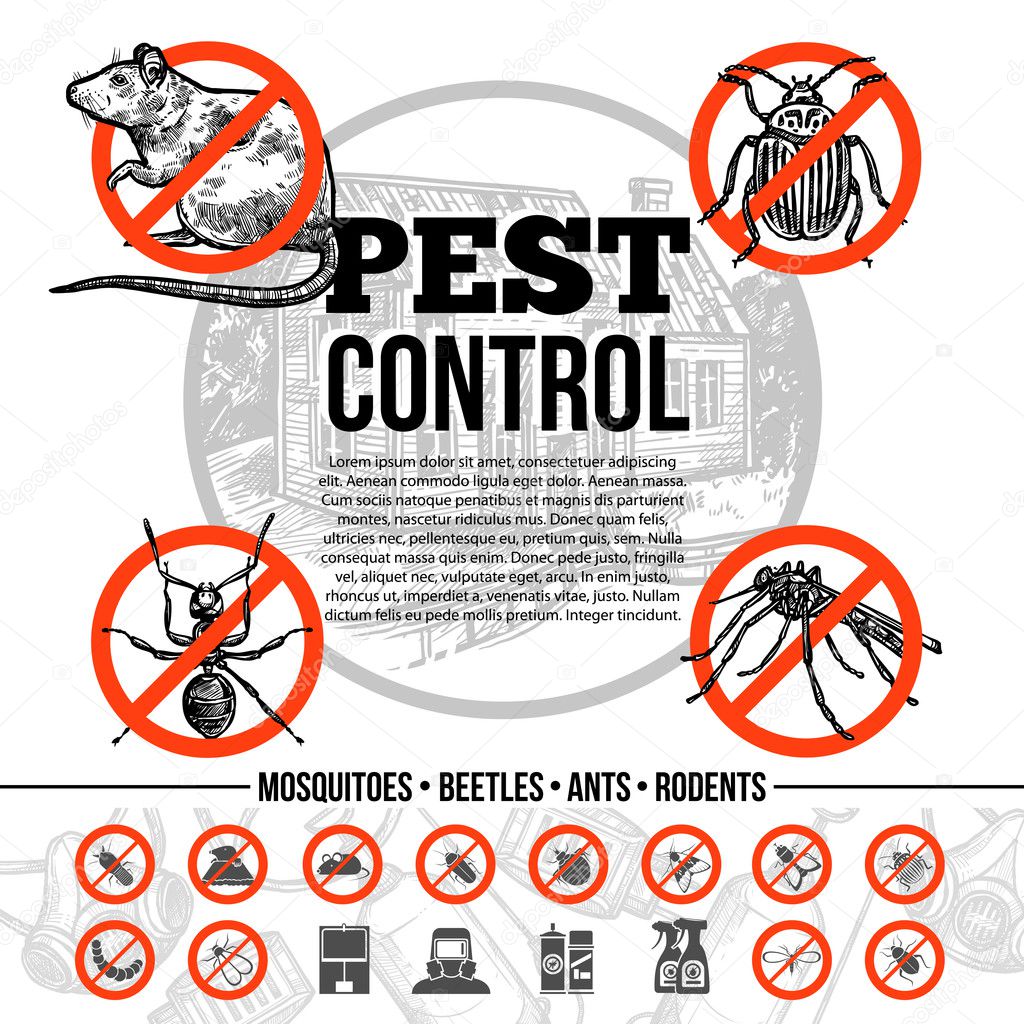In the current world, attention for the ecosystem is more critical than ever, leading many homeowners to search for alternatives to conventional pest control methods. Eco-friendly pest control not only reduces harm to our earth but also provides efficient solutions for keeping our homes pest-free year-round. As we endeavor to protect our homes from frequent household pests, it's vital to adopt methods that are safe for our families, pets, and the environment.
Here, we will investigate the benefits of eco-friendly pest control methods, offering information into organic solutions that can effectively tackle pests while encouraging a healthier living space. From understanding the threats posed by pests like roaches and rodents to talking about the importance of preventative measures, we will guide you through the best approach to achieve an environmentally responsible pest management strategy. Collectively, we can create a pest-free home that is safe for both our families and the planet.

Grasping Frequent Household Pests
Household pests arrive in multiple forms, every presenting individual challenges for property owners. Typical pests comprise ants. These uninvited guests not just disrupt daily life but can also cause substantial damage to houses. Identifying these particular pests is the first measure in successfully managing an infestation and keeping a safe and healthy home environment.
Ants, for example commonly invade kitchens in search of food, while cockroaches thrive in warm, dark, and humid places. Rodents are known to gnaw on structures and wires but also bring diseases. Termites, generally hidden from plain sight, may silently feast on wood, compromising the integrity of homes. Understanding the habits and preferences of these common pests can help in creating successful control strategies.
Prevention is key when it comes to residential pests. Regular inspections can aid in timely detection and management, while eco-friendly pest control methods provide safe alternatives to harsh chemicals. Property owners should focus on sealing entry points, ensuring cleanliness, and using natural deterrents. By being proactive in pest management, one can minimize the likelihood of infestations and shield both the home and the environment.
Effective Sustainable Pest Control Techniques
One of the most effective eco-friendly pest control strategies is the use of plant-based repellents and deterrents. Natural oils such as peppermint, lavandin, and tea tree oil have been shown to deter various pests, including spiders, ants, and even rodents. By creating his comment is here using these oils mixed with water, residents can safely shield their environments from infestations while ensuring that their loved ones and animals are not exposed to harsh chemicals. Incorporating these solutions into cleaning routines can also help to maintain a clean environment without adverse side effects.
Another effective method is the adoption of physical barriers and habitat modification. Keeping windows and doors sealed, using screens, and ensuring that cracks are filled can significantly reduce the chance of pests invading your residence. Additionally, maintaining a clean and clutter-free environment will diminish pest habitats, making your home less attractive to unwanted visitors. Simple changes, like keeping food in airtight containers and regularly taking out the rubbish, are vital measures in keeping your environment pest-free naturally.
Lastly, promoting helpful insects is a wonderful eco-friendly strategy that can help regulate pest populations. Ladybugs and green lacewings, for example, are natural predators of aphids and other frequent garden pests. Cultivating flowers that attract these beneficial insects can help create a healthy ecosystem in your garden and lessen the need for synthetic interventions. By encouraging this natural ecological relationship, gardeners can effectively manage pests while also adding to a sustainable environment.
Continuous Bug Prevention Advice
To keep a pest-free environment during all seasons the year, it is essential to create a habit of routine maintenance and inspection. Commence by closing any fissures and openings around your home, as these are frequent entry points for multiple pests. Utilize weather stripping on doors and windows to remove gaps that could allow bugs or rodents infiltration. Regularly inspect your foundation, roof, and attic for signs of wear or vulnerability, and quickly address any issues to deter unwanted invaders.
Another important aspect of pest prevention is effective sanitation. Maintain your home clean and clutter-free, paying special attention to kitchens and dining areas where food particles can lure pests. Consistently dispose of garbage and ensure that food is kept in closed containers. Additionally, consider using green cleaning solutions that minimize chemical exposure while still being effective in keeping pests at bay. A clean home not only decreases the risk of infestations but also fosters an environment that is not as appealing to pests.
Finally, inform yourself about the cyclical pests that may enter your home throughout the year. For instance, stay watchful during spring for ants and termites, while summer often brings mosquitoes and flies. During fall, rodents may search for warmth and shelter indoors, and in winter, it's crucial to guard against pests like cockroaches and bed bugs. By recognizing the patterns of pests and implementing proactive measures, you can secure your home against infestations while using sustainable pest control methods that are safer for your well-being and the environment.
